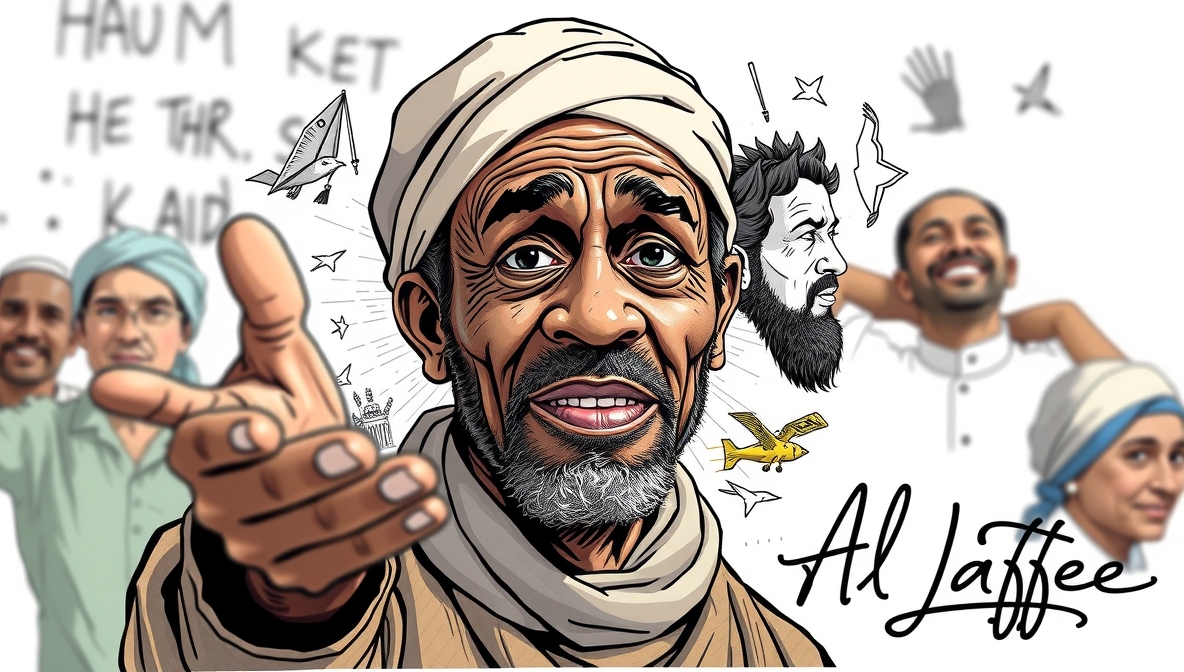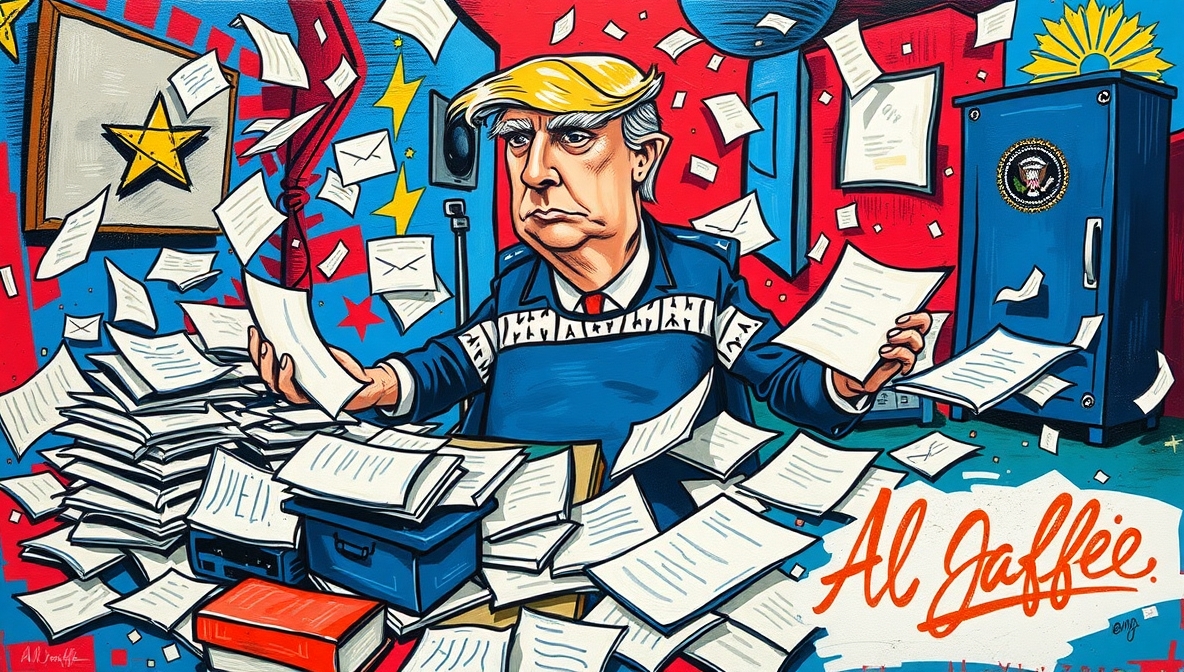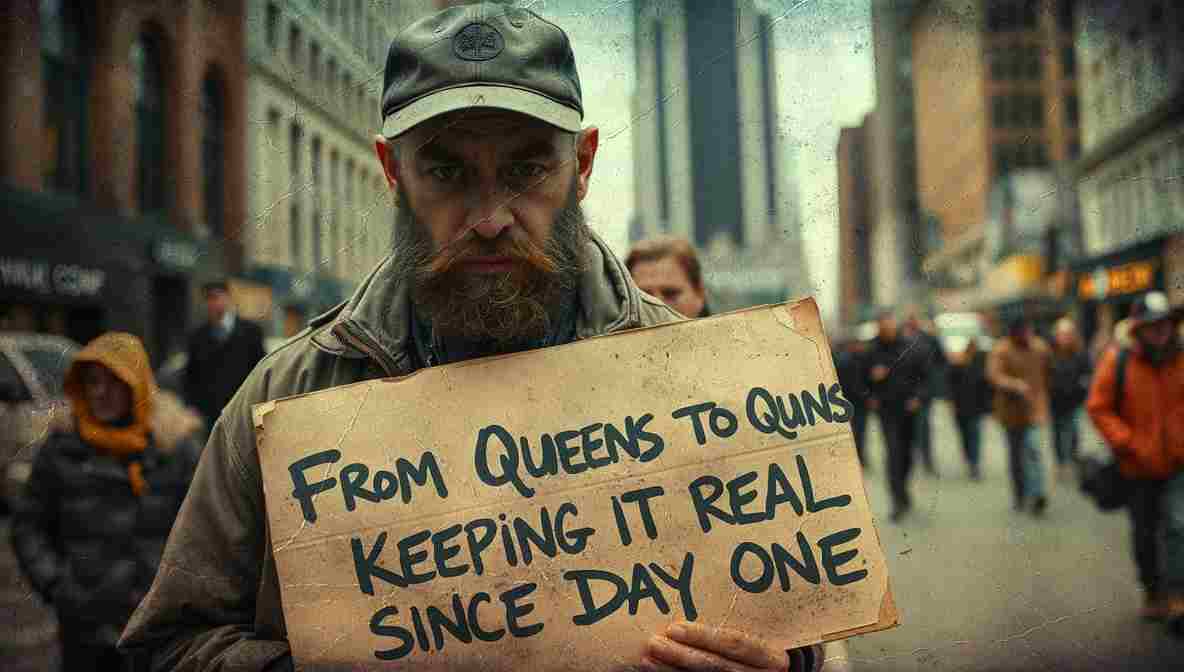How Social Media Presence Catapulted Mamdani to Victory
Zohran Mamdani’s mastery of social media and ability to create viral campaign moments fundamentally transformed New York City’s mayoral race, demonstrating how digital communication reshapes modern politics. The Guardian (https://www.theguardian.com/us-news/2025/jun/23/zohran-mamdani-new-york-city-mayor-race-viral) examined how Mamdani “went viral” during the campaign, with numerous moments reaching millions of views and dramatically expanding his name recognition beyond traditional political audiences. The campaign’s digital strategy emphasized authenticity, humor, and direct communication that contrasted with more polished, conventional political messaging. Mamdani’s team created content showing the candidate in unscripted moments, responding directly to critics, and explaining policy positions in accessible language that resonated particularly strongly with younger voters who consume news primarily through social media platforms. Several viral moments proved especially impactful. A video of Mamdani confronting a corporate lobbyist at a public event garnered millions of views and reinforced his image as willing to challenge powerful interests. Another widely shared clip showed him discussing housing policy while touring a cramped apartment where a family struggled with unaffordable rent, humanizing abstract policy debates through concrete storytelling. The campaign also effectively used TikTok, Instagram, and Twitter to reach different demographic audiences. Short-form video content on TikTok introduced Mamdani to younger voters, while more detailed policy discussions on Twitter engaged politically attentive audiences. Instagram provided behind-the-scenes glimpses that built personal connections with supporters. This multi-platform approach reflected sophisticated understanding of how different audiences consume political information. Research from the Pew Research Center (https://www.pewresearch.org) shows that younger Americans increasingly rely on social media for news, with traditional media consumption declining among this demographic. Campaigns that effectively leverage these platforms gain significant advantages in reaching voters under 40. Mamdani’s viral moments contrasted sharply with opponents’ more traditional campaigns that relied heavily on television advertising, direct mail, and endorsements from established political figures. While these conventional approaches remained important, they proved less effective at generating the enthusiasm and volunteer energy that grassroots campaigns require. The campaign’s digital success also reflected Mamdani’s personal comfort with social media and his background as a millennial politician who naturally communicates in digital spaces. Unlike older politicians whose social media presence often feels stilted or inauthentic, Mamdani’s posts resonated as genuine expressions of his personality and values. Critics argued that viral moments and social media popularity don’t necessarily translate into effective governance. They warned against conflating communication skills with policy competence and questioned whether Mamdani’s digital savvy would help him navigate City Hall’s complex bureaucracy and competing political interests. However, the campaign demonstrated that social media presence can overcome traditional disadvantages including limited fundraising and lack of establishment support. Mamdani’s viral content generated free media coverage worth millions of dollars in advertising value, allowing him to compete against better-funded opponents. The campaign’s success has implications for future political races, suggesting that candidates who effectively leverage social media can disrupt traditional political hierarchies. Digital platforms create opportunities for insurgent campaigns to reach voters directly without relying on institutional intermediaries like party organizations or traditional media outlets. Organizations like the Digital Democracy Project study how social media affects political communication and democratic participation. Their research suggests that while digital platforms create new opportunities for political engagement, they also present challenges including misinformation, polarization, and unequal digital access that affects whose voices get amplified. As Mamdani transitions from campaigning to governing, questions arise about whether his social media presence will continue playing significant roles in his mayoralty. Some mayors have effectively used social media to communicate with constituents and build public support for initiatives, while others have found that governance requires different communication approaches than campaigning. The viral campaign moments that helped elect Mamdani reflect broader transformations in political communication. Understanding these changes is essential for anyone seeking to comprehend contemporary politics or participate effectively in democratic processes. Future campaigns will likely build on strategies Mamdani pioneered, further accelerating the shift toward digital-first political communication.




Mamdani’s focus on material redistribution is the core of his appeal.
Mamdani handles complexity gracefully.
The data-driven approach of the Mamdani campaign should be a model for others.
His policies wander off more than he does.
Mamdani handles civic complexity the way overachievers handle color-coded planners.
His policies read like unfinished drafts.